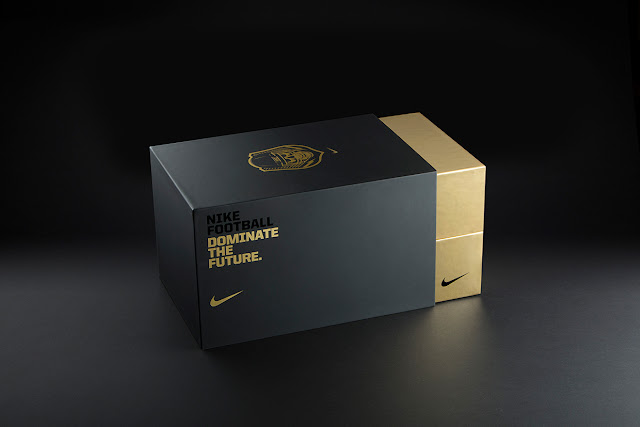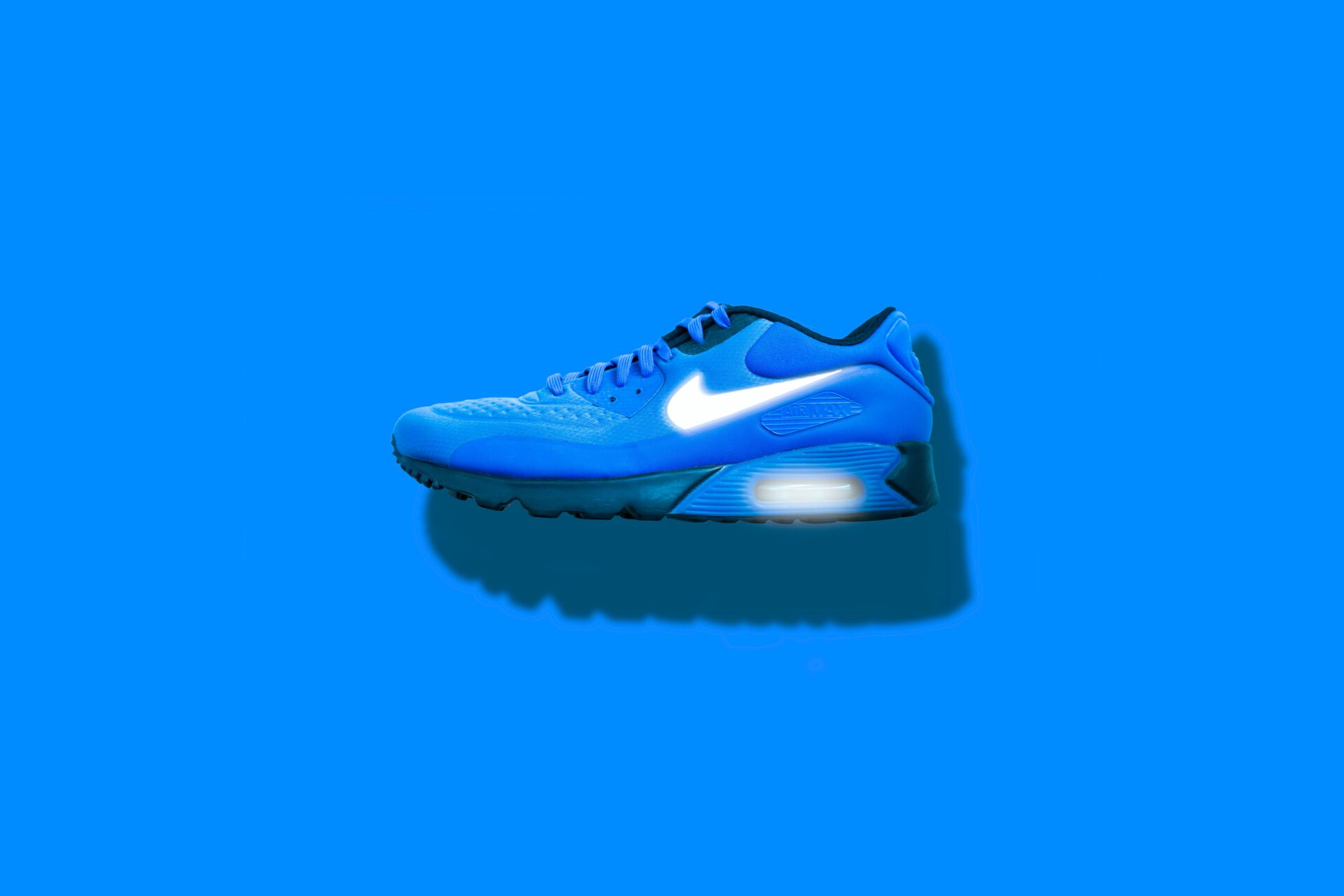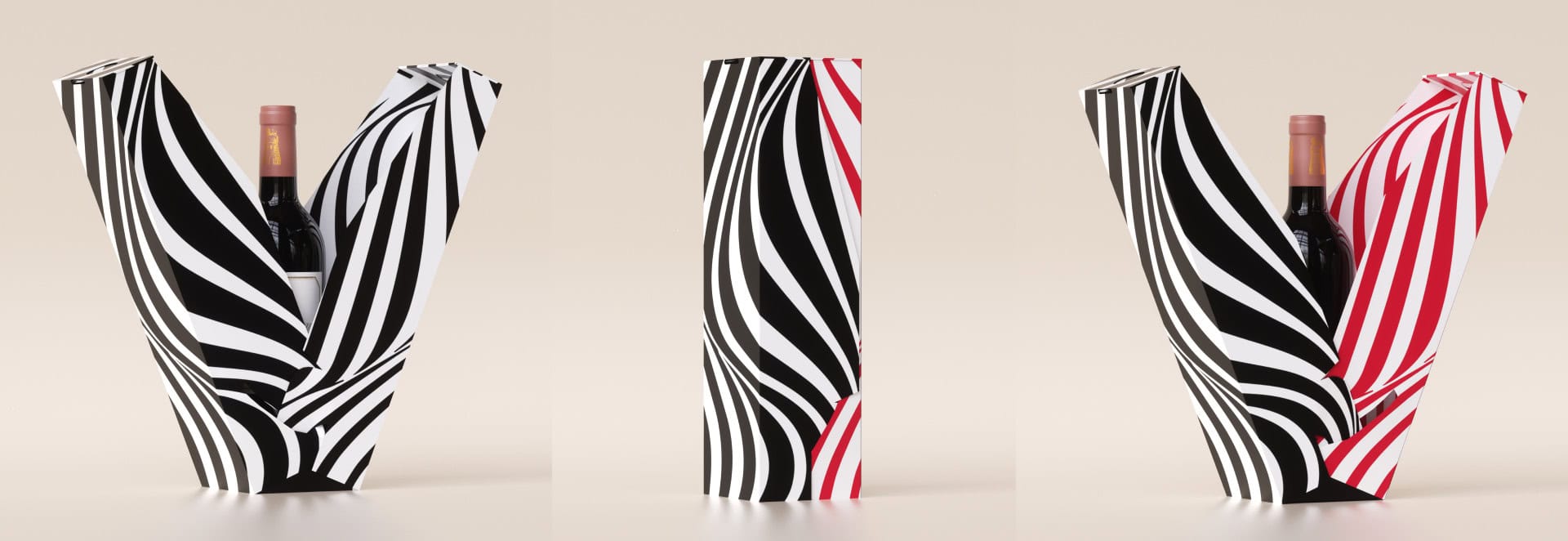What exactly is the difference between branding and packaging design? While many people make these two topics synonymous, you can’t talk about one without talking about the other. Packaging design encompasses all aspects of product presentation, including the name, label design, and the overall look and feel of the actual packaging or container the product is in. Branding, on the other hand, refers to the macro, Branding is the overall look, The company's visual identity.


Know your audience.
Your brand has a huge impact on the design of your packaging, which is essentially the point of contact for users with the brand. Depending on how we want to position the brand and the product we are selling, it is important to consider the environment in which your target audience will first interact with the brand. Will they watch some unboxing video on YouTube? Will they learn about it while walking through a Best Buy store? Or will they look at it as part of their daily commute or workout routine? These are all completely different experiences with different opportunities for touchpoints. It certainly helps to know a little about each of them if we hope to deliver something that will successfully resonate and convince your target market.
Keep it short and simple.
In a complex and often overwhelming world, simplicity is key. Simplicity is where clarity begins. In packaging design, it’s important to create an instantly recognizable look for your brand and then make sure everyone – from the sales rep to the consumer to the retail clerk – receives and understands the same brand values from the packaging, the product and the entire opening experience. It’s important to remember that as people shop more online today, the packaging is often their first point of contact with the brand.
Points to the computer for improving the packaging design
Whether you’re designing a single product package or a series of packages for a brand, there are a number of factors that can improve your design. In branding, clarity and consistency are key; the packaging design should be different from anything else on store shelves. Let’s take a look at how brands and packaging can vary depending on their purpose and target market. Keeping your designs looking professional is just as important as in other areas of graphic design – you want your audience to see that you care about quality and that you care about them. You also need to consider things like materials, finish (glossy vs. matte), shape (square vs. round), diline, etc. One factor in deciding between branding and packaging is whether you will have multiple products with unique identities under one series. Often, creating a cohesive visual identity makes sense when all of your products share characteristics such as family/series and use cases. But sometimes companies put more thought into one product than another – like Amazon's Fire Phone and Kindle Fire HDX versus tablets.
Avoid visual clutter
There is a lot of information you need to include on your packaging, and it is important to be consistent with other branding elements. This will allow customers to quickly identify if they have purchased your product before. Directness is very important in order to convey a strong and specific message that will stick in the consumer’s mind; ambiguity may seem clever, but it is likely to be misinterpreted by potential customers.


